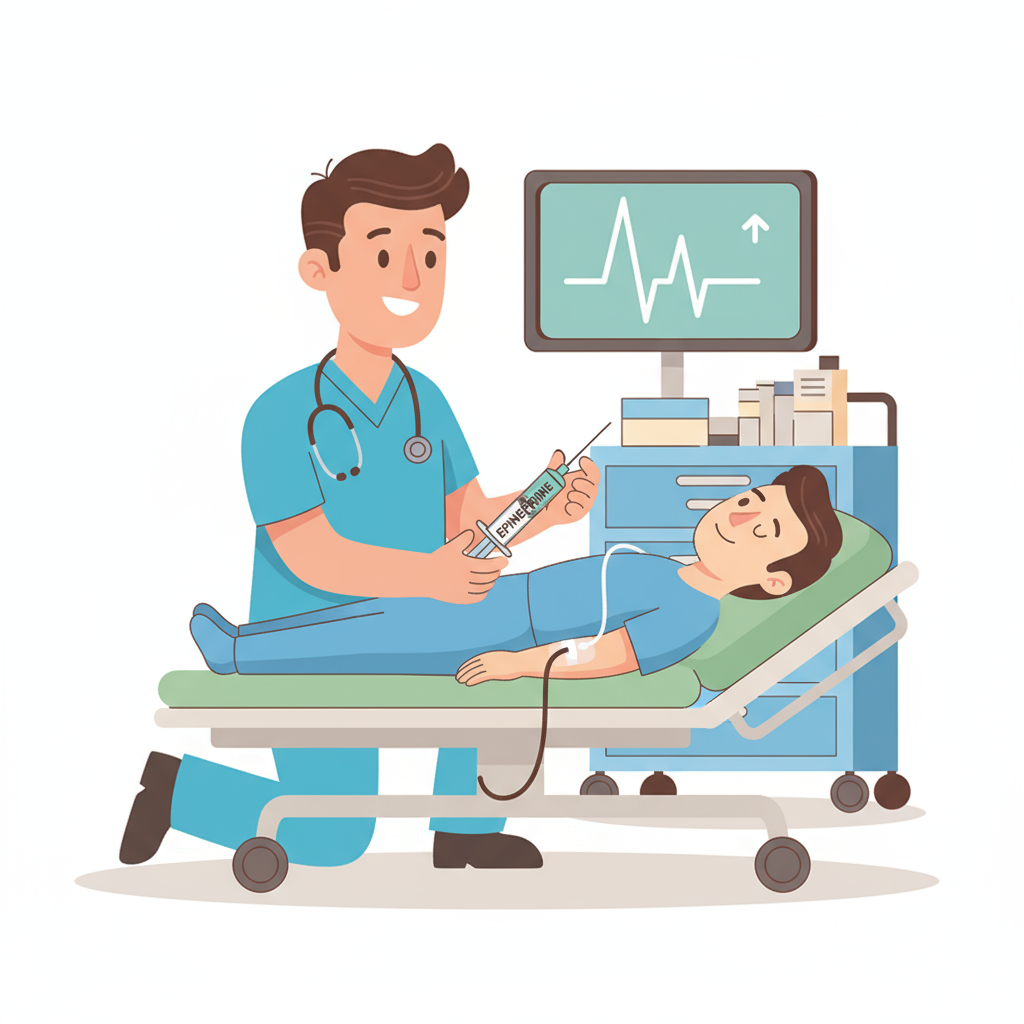
Epinephrine in Cardiac Arrest: A Critical Look at Neurological Outcomes and Timeliness
Share
Introduction: A Race Against Time
Case Study: The Unfolding Scenario
Epinephrine and Neurological Outcomes: A Double-Edged Sword?
The Crucial Minutes: Time to Epinephrine Administration
Research Insights: What the Studies Say
Epinephrine Dose and Neurological Outcomes
The Urgency of Early Epinephrine Administration
International Perspectives: US vs. Europe
Conclusion: Balancing Urgency and Prudence
"Your first mistake (or really, our collective first mistake) is treating "cardiac arrest" as a single disease entity rather than as a clinical syndrome that manifests as the end stage of a wide range of pathologies.
Most of the time these patients are going to receive similar supportive care in the form of chest compressions and ventilation. Vasoactives will likely play a role in many of these patients as well. But ultimately our real clinical task is a search for the underlying cause and, if possible, correction of that pathology - because if you don't do that, the patient's going to die regardless of how many compressions you do.
We are entering the realm of my personal feelings (aka Evidence Free Zone), but ultimately I feel saying "should we give epinephrine in cardiac arrest?" is asking the wrong question. Really, we should be asking "which pulseless patients, if any, benefit from epinephrine? Would any of them be better served by a different vasopressor/inopressor/other agent?"
For example - in the patient with a non-perfusing ventricular dysrhythmia (i.e. vfib/vtach), the only way - the only way - that ROSC is going to occur is if the dysrhymia is controlled. Blasting the patient with high doses of beta-agonist, then, seems distinctly at cross purposes to this goal - if we need increased vascular tone for supportive care, which we very well might, we would probably be better served by another agent. On the other hand, if your problem is an acute cardiomyopathy with low EF, go nuts - et cetera.
This is the truth that the AHA seems unlikely to admit - that brainlessly running algorithmic codes is easy, but caring for very sick patients effectively is hard and is a much more cognitively sophisticated task."
You make a really important point — “cardiac arrest” isn’t a single disease but a final pathway of many different pathologies, and our interventions should reflect that. Epinephrine has become a default largely because it’s easy to standardize in an algorithm, but the real clinical question is patient- and pathology-specific: who actually benefits, and when might another agent (or a completely different intervention) be more appropriate?
The example of refractory VF/VT is spot on — until the rhythm is corrected, no amount of vasopressor will restore meaningful circulation, and high-dose beta agonism could theoretically work against defibrillation success. On the other hand, in low-output states like acute cardiomyopathy, vasoactive support may be much more rational.
I think this is where the art of resuscitation really lies: algorithms give us structure, but optimal care requires recognizing the underlying cause and tailoring therapy accordingly. That’s harder, but ultimately more effective than “one-size-fits-all” code management.
Note from TFRTC:
If you found this post beneficial in anyway please share so we can help keep this site running! We offer EMS apparel if you'd like to show your support, made by first responders for first responders.